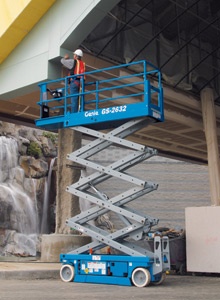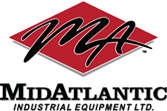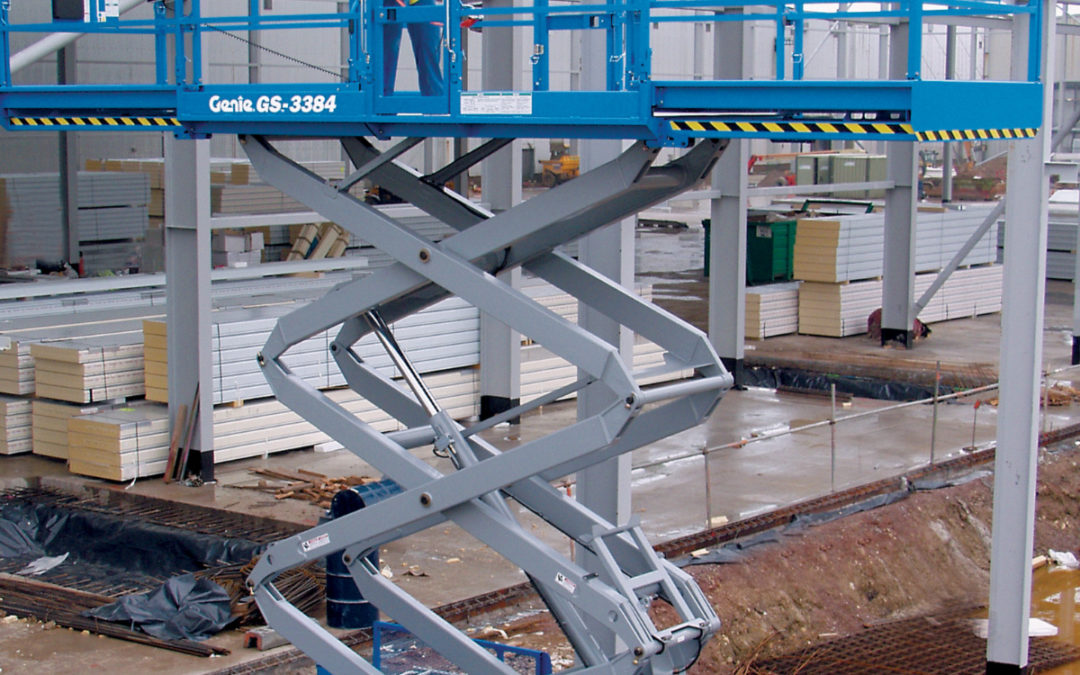In warehouses and distribution centers, there are pallets, bundled cases, and other large transport materials that are impossible or difficult to move by hand safely. While there are lifting procedures for handling smaller materials, heavier items risk damage to company assets, and harm to employees. In these cases, you’re better off relying on material handling equipment such as pallet jacks, forklifts, carousels, and conveyors to transport product.
Manually handling loads that are not intended for unassisted carry can result in various health risks such as cuts, wounds, and fractures of the skin, muscles, and bones. Businesses also write off thousands or millions annually in damages to the workplace, equipment, and products transported therein because of these unsafe practices. All that’s needed to avoid these situations is to equip the workplace with material handling equipment, and the employees with the knowledge to use it correctly.
In the long run, this will save lives, money, and potential legal trouble. You’ll also see a dramatic improvement in productivity in the areas where unassisted labor was formerly relied upon. Understandably, not every warehouse will start off at the right size to require equipment of this scale; you generally won’t find mechanized transport and loading equipment in the back room of a convenience store, for example. However, if your business has scaled-up recently, it may be time to consider an investment in material handling equipment such as forklifts.
Types of Equipment to Consider
When seeking out material handling equipment, it’s essential first to understand that such equipment is broken up into four basic categories. You’ll need to know the type of equipment that you’re looking for to handle the situations that you expect your workplace to encounter. They are as follows:
- Transport
- Storage
- Positioning
- Unit Load Formation (typically involving pallets and crates)
These Four Classifications Divide Into Three Additional Types of Equipment:
- Cranes — restricted area of operation
- Conveyors — restricted transport path; includes ETVs, ASR systems, and rolling belts
- Transports — unrestricted transport path; includes forklifts and supply trucks
Some equipment can be multi-functional depending on the work environment as well as load spacing and requirements. Operators will also require training with the various types of equipment that are used on the premises. This means that if you plan on committing to a series of forklift rentals or purchasing new equipment, you’ll want to plan for the necessary safety training to ensure that your employees have the skill set to efficiently carry out their roles accident free.
Material handling equipment spans across a full spectrum of technologies for applications large and small in varied work environments. Almost all workplaces that utilize a warehouse can benefit from at least one of these machines:
- Automated storage and retrieval systems (ASRS or ASR systems)
- Electric track vehicle systems (ETV)
- Conveyors
- Forklifts
- Automated guided vehicles (AGV)
- Scissor lifts (also known as “cherry-pickers”)
- Small-goods tractors
- Trolleys, dollies, gantries, hand-trucks and pallet jacks
- Winches, hoists and hydraulic systems
You’ll want to carefully assess the layout of your workplace before deciding on material handling equipment for purchase or rental. It’s often well worth the time to have a representative come out to your location to survey it and offer professional input on what would suit your requirements.
The last thing you want is to invest in machinery that creates a counterproductive or unsafe environment for your workforce, and with the manifold safety precautions that are expected of employers and managing entities in these environments, every effort counts.



